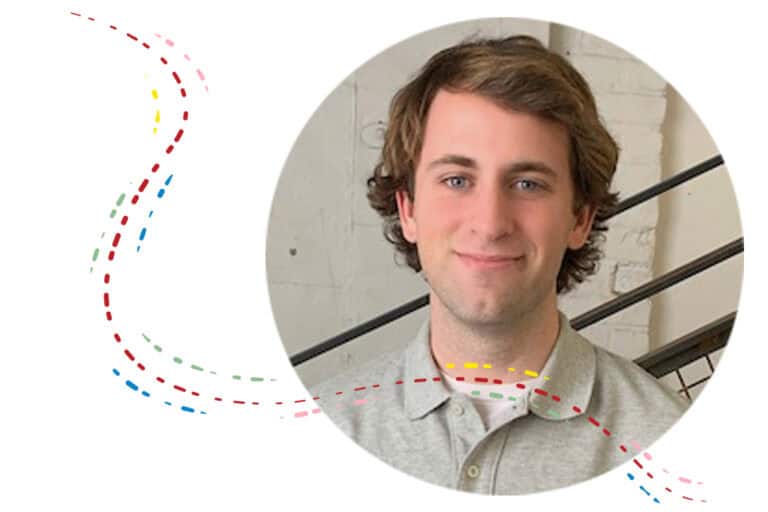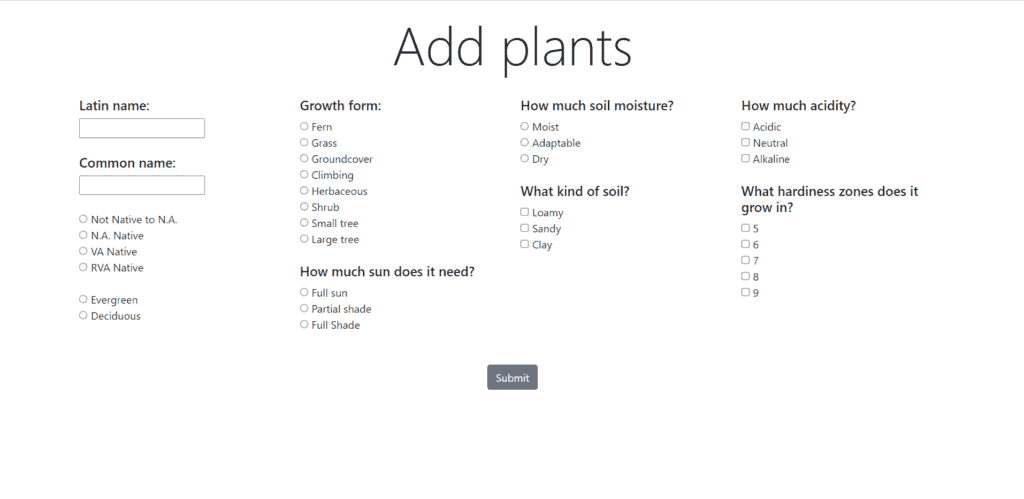I Taught My Mother-In-Law How to Clone Herself
A Professional’s Tools for AI-Generated Videos
By Tucker Mahan, Director of Emerging Technology
- Posted:
- Apprenticeship, Businesses

AI is more user-friendly than ever before.
If AI makes it possible for anyone to write up an article or create a video, it stands to reason that we’re about to see so much more content online. A report from Europol stresses the need to prepare for an increase in synthetic media and the rise of disinformation possibilities.
With that said, these tools can be used for good. AI tools are user friendly and intuitive, enabling people who are not tech-savvy to use them, which brings me to how I taught my mother-in-law to use an AI tool to clone herself.
Cloning My Mother-in-Law
In a recent conversation with my mother-in-law, we were discussing AI and my latest blog post “What are the Biggest Concerns and Best Benefits about Deepfake Technology?” came up. Her immediate reaction, “Oh my gosh, you have to clone me!”
The plan was that I would take her video and voice recordings, set up her account, and start creating webinars for her. It was a good plan. I’ve been working with HeyGen (affiliate link) AI-generated videos for a while, and I’d be able to get her up and running pretty quickly, with plenty of time before her upcoming meetings.
I set up her account and completed most of the steps. And then I hit a problem I didn’t foresee, but I can’t even be mad about it.
One of the steps for cloning via HeyGen requires the person to upload a video with a consent script that contains a secure token. I didn’t think it would be a problem to use FaceTime. I was wrong. It didn’t work, and I couldn’t just go to her house because I was sick.
So there I am, training my mother-in-law to do technology over a phone call because she has to be the one to make the video, read the script, and upload it immediately to HeyGen.
Sure, I was frustrated that I couldn’t just do what I had intended, without an elevated account tier. I had her permission, but HeyGen made sure of it. They demonstrated that they’re keeping consent and privacy at the forefront of their product development.
That’s just one reason why I like HeyGen.
The HeyGen tool is user-friendly, and it’s been cool to explore. Use our affiliate link to sign up for a HeyGen account.
Training the Audio of My Mother-in-Law’s Clone
I encouraged my mother-in-law to read her script with a wide range of emotions. As with most Generative AI tools, higher quality input will produce higher quality results. If you train a voice clone with a very natural, no excitement voice tone, it’s not going to be able to express a wide range of emotions. Any clone will speak just like the provided sample, and adding cues like “said excitedly” or “said emphatically,” will flex as far as your sample did.
We experimented with ElevenLabs, which is focused on Multilingual Voice AI such as Text to Speech or Speech to Speech. In general, Voice AI is getting better at lifelike speech, being able to clone human voice samples with less data and produce quality results. In fact, utilizing some of these tools, emotions, pauses, and pronunciation guidance can be incorporated in a text transcript, and the effects will come through in the audio.
Another tip I shared with my mother-in-law was to consider keeping her voice sample relevant to the material she intended to produce, using any industry specific terms that may come up often in her webinar script. Doing so will help the AI better replicate how you pronounce specific words or phrases, although there are methods to fix those errors later using the in transcript prompting. For example, I know without a doubt whenever I’m typing “MAXX Potential” to be spoken by AI, I should use “m a x” instead of “m a x x” to avoid issues.
Choosing the AI Clone Video
When my mother-in-law and I were hatching the idea of developing her AI clone for her webinars, we had a choice for her AI video: the video clone avatar and photo avatar.
For video clone avatars, these are created using video footage and then can lip-sync the audio text whereas photo avatars will animate a still image with lip syncing to the audio text. We opted to use a Fine-Tuned video clone avatar, as the results are typically much more realistic. That said, being able to animate a person’s picture into a video is beyond useful and a much faster solution.
In the end, we created an AI video for my mother-in-law that had her in it sharing the information that her audience wanted, and it was without needing my mother-in-law to spend hours in a filming studio.
Tucker’s Top Key Takeaways for AI
- Understand AI capabilities, and you can make yourself more efficient.
- AI is the most user-friendly that it’s ever been.
- Responsible use of AI means protecting privacy.
- Garbage in; garbage out AKA Learn better AI prompting.
Explore AI Clone Capabilities
AI has dominated the conversation in the tech industry for the last year, and it’s here to stay. This tech revolution means that each of us can have an AI sidekick to get tasks done, bring virtual personalities to life, and solve problems. If you’re not exploring the AI capabilities for your business, it’s time to start.
As the Director of Emerging Technology at MAXX Potential, I’m interested in continuing to explore the possibilities of AI, and we build automated workflows to help your team get more work done. Reach out about your project.
Resources
MORE POSTS
Moving from Imitation to Creation
Building Strong Teams Through Smart, Human-Centered Matching
Real-World Strategies for Building A Strong Foundation in Tech



























